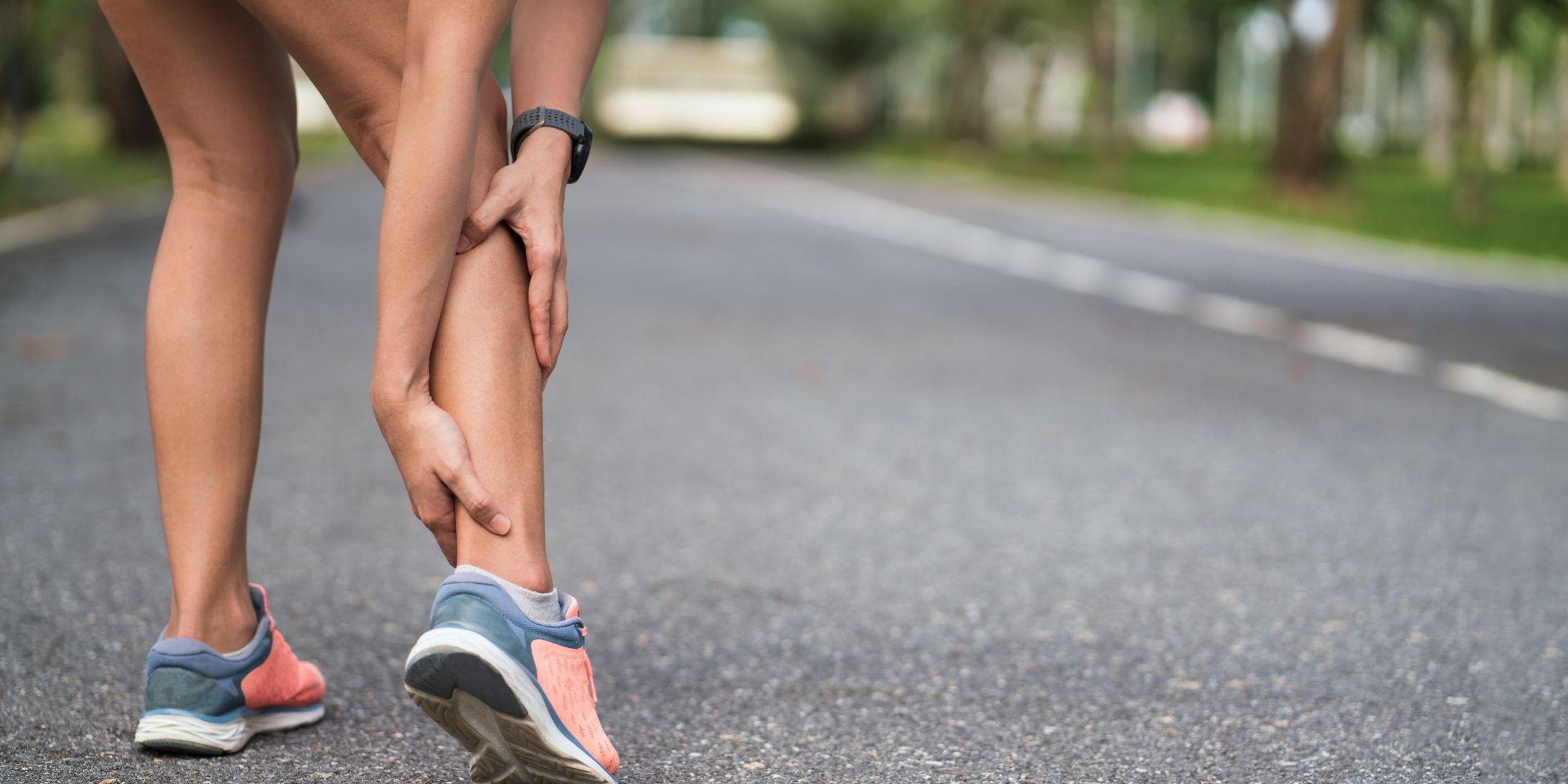If you suffer from knee pain, lower back pain, or foot pain and you’ve been in a physiotherapist’s office or kinesiologist studio, you have seen or tried a wooden or plastic slant board. A slant board for calf stretching may be a simple yet effective solution to help you prevent or recover from injuries related to Achilles tendonitis, plantar fasciitis, shin splints, calf strains or tears, ankle sprains, and heel spurs.
Let’s explore briefly the health benefits of stretching your calves (and quads, hamstrings and ankles), and five specific exercises you can do to target those injuries or use to prevent those injuries.
A slant board for calf stretching is designed to provide a high-quality performance that uses a sloping surface for exercising, stretching, or rehabilitation purposes. It typically has an adjustable incline that can be set at various angles to target different muscle groups and areas of the body. A solid wood slant board is often recommended to support your weight and multi-purpose use, whereas plastic slant boards cannot be used for multiple exercises you can benefit from a slant board, which not is safe for heavier body weights.
Slant boards can be used by anyone, from athletes to seniors, from kids to at the office, all to help improve flexibility, balance, mobility, health, and strength.
Health benefits of using a slant board
- Improved flexibility: Slant boards are an effective tool for improving flexibility, as they allow you to stretch your muscles in a controlled and comfortable manner. The sloping surface of the board can also help you achieve a deeper stretch, which can increase your range of motion and reduce the risk of injury.
- Reduced pain and inflammation: Slant boards can be used to target specific areas of the body, such as the calves or feet, to reduce pain and inflammation caused by injuries like plantar fasciitis, Achilles tendonitis, and heel spurs.
- Increased circulation: The sloping surface of a slant board can help improve circulation in the lower legs, which can reduce swelling and improve healing times for injuries like shin splints and calf strains.
- Improved balance and stability: Using a slant board can help improve your balance and stability, which can reduce the risk of falls and other injuries. This can be especially beneficial for seniors or anyone recovering from an ankle or foot injury.
- Strengthening: Slant boards can be used for strengthening exercises, which can help improve overall muscle tone and reduce the risk of future injuries.
Exercises for specific injuries
Here are five exercises you can do on a slant board to prevent or recover from injuries related to Achilles tendonitis, plantar fasciitis, shin splints, calf strains, and heel spurs:
- Achilles tendonitis:Achilles tendonitis is a type of Achilles heel related injury that occurs when the Achilles tendon becomes inflamed or irritated. It is often caused by overuse or repetitive strain and can cause pain, swelling, and stiffness in the back of the heel and ankle.
Try this: Stand on the slant board with your toes on the lower edge and your heels on the higher edge. Slowly lower your heels down as far as possible, then raise them back up as high as possible. Repeat for several reps. - Plantar fasciitis: Plantar fasciitis is a condition that affects the plantar fascia, a thick band of tissue that runs along the bottom of the foot, connecting the heel bone to the toes. It is a common injury that causes pain and stiffness in the heel and arch of the foot, especially when taking the first steps in the morning.
Try this: Sit on the edge of the slant board with your heels on the ground and your toes on the board. Slowly raise your toes up as high as possible, then lower them back down. Repeat for several reps. - Shin splints:Shin splints is a common overuse injury that affects the muscles and tendons in the shin area of the lower leg. It is typically caused by repetitive stress or impact on the shin bone, and can cause pain, tenderness, and swelling in the affected area.
Try this: Stand on the slant board with your toes on the higher edge and your heels on the lower edge. Slowly lift your toes up as high as possible, then lower them back down. Repeat for several reps. - Calf strains:Calf strain is a common injury that occurs when the muscles in the calf are stretched or torn. It is often caused by sudden movements, overuse, or inadequate stretching before exercise, and can cause pain, swelling, and limited mobility in the affected leg.
Try this: Stand on the slant board with your toes on the higher edge and your heels on the lower edge. Slowly raise your heels up as high as possible, then lower them back down. Repeat for several reps. - Heel spurs: A heel spur is a bony growth that occurs on the underside of the heel bone. It is often caused by long-term strain on the muscles and ligaments of the foot, and can cause pain and discomfort in the heel, especially when walking or standing for long periods of time.
Try this: Sit on the slant board with your heels on the ground and your toes on the board. Slowly raise your heels up as high as possible, then lower them back down. Repeat for several reps.
In conclusion, using a slant board can be an effective tool for preventing or recovering from injuries related to knee pain, lower back pain, and foot pain. Before you invest into a slant board, try simple exercises at home by using a stairwell step, use a thick book on the floor or other ways to elevate your foot on an angle to slowly and lightly stretch the calf muscle.







